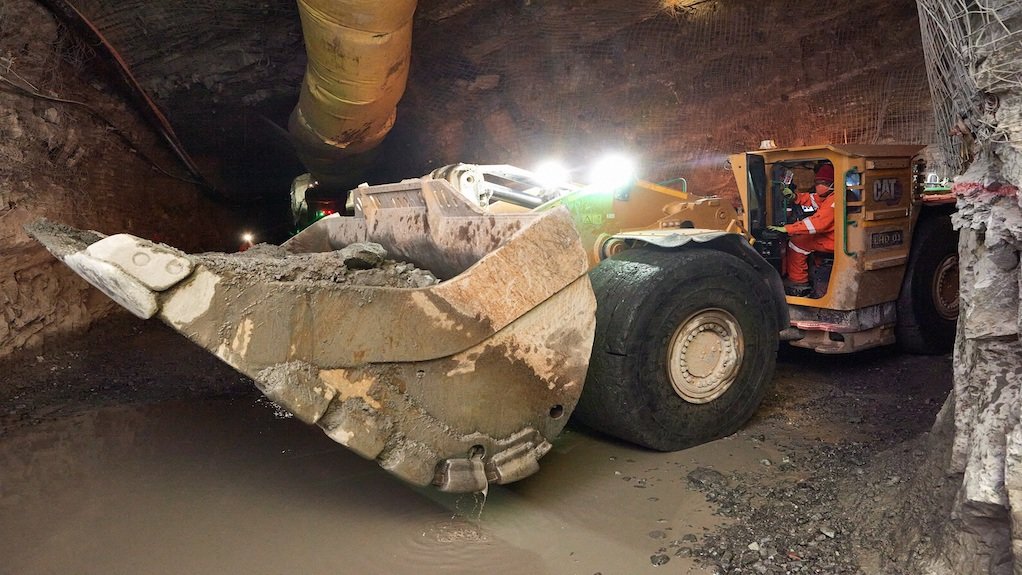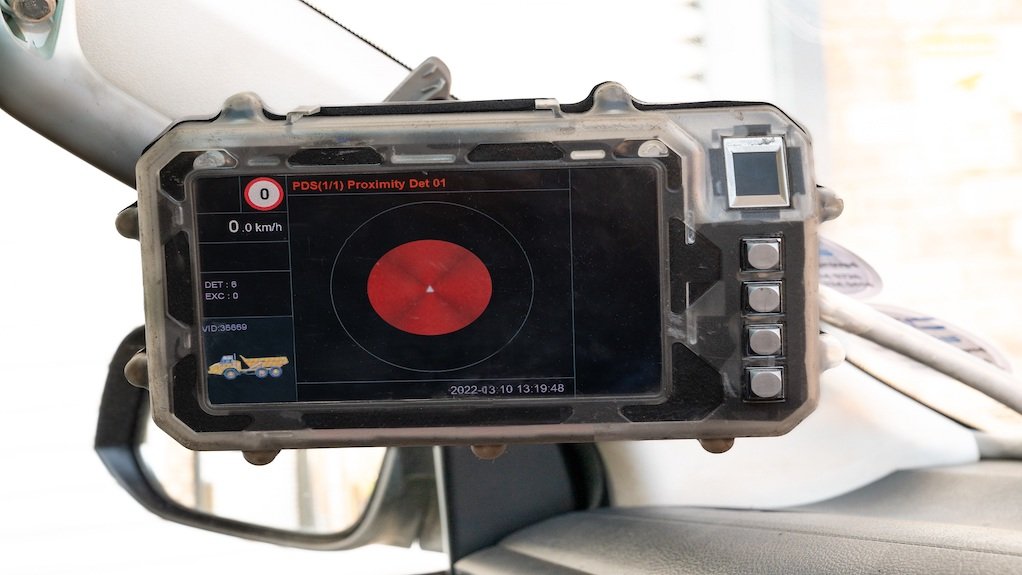
+27 11 823 6842
9 Estee Ackerman Street, Jetpark

Booyco Electronics shares collision avoidance insights in Australia
Global mining majors are leading from the front in the application of proximity detection systems (PDS) in mine safety strategies, as was clearly demonstrated at the recent Collision Avoidance Forum in New South Wales, Australia.
“Some of the world’s largest mining companies were at the forum to present their approaches to leveraging PDS technology in their quest for zero harm,” says Anton Lourens, CEO of leading PDS specialist Booyco Electronics, who also presented at the event.
Hosted by the Minerals Council of NSW and the New South Wales Resources Regulator, the Collision Avoidance Forum attracted some 300 delegates from around Australia and globally. Lourens points out that this reflected the high level of interest in PDS and its value to the industry, with sizeable delegations from mining companies, OEMs and PDS suppliers alike.
“While Australia has not regulated the use of PDS – as has recently been done in countries like South Africa – there is still an industry-wide commitment to addressing significant risk,” he says. “Risk assessments are well entrenched in the mining sector, and these create the foundation for effectively applying collision avoidance strategies and technologies.”
The message from the event, he noted, was that plenty of progress had been made – both in the development and the on-site application of PDS systems. For those companies still thinking about embracing these systems, there was therefore no need to reinvent the wheel. At the same time, there was growing incentive to apply PDS where a mine had identified significant risk from the movement of mobile mining equipment.
Lourens highlighted in his presentation that collision avoidance solutions do not function in isolation. Successful applications rely on a clearly defined scope of work that integrates a range of factors from risk assessments, traffic management plans together with traffic flow analysis, to the different OEM and technology capabilities, and the stakeholders’ awareness and buy-in.
Practical project execution on mines relies on commitment and availability from both engineering and mining teams, and managers need to understand stakeholder acceptance as well as the overall project costs in relation to capital and ongoing operational expenditure.
“Within the range of technologies available, the user still has to select the solution that best suits their application,” he says. “This is where the years of work done by the Earth Moving Equipment Safety Round Table (EMESRT) on roadmaps and processes is also helping mines to implement collision avoidance strategies more quickly and effectively.”
By approaching the implementation process in a guided and disciplined manner, mines are today able to follow roadmaps that ensure best use of time and resources. He notes that these sequential processes take account of critical areas such as change management, behaviour, operational and technology readiness.







